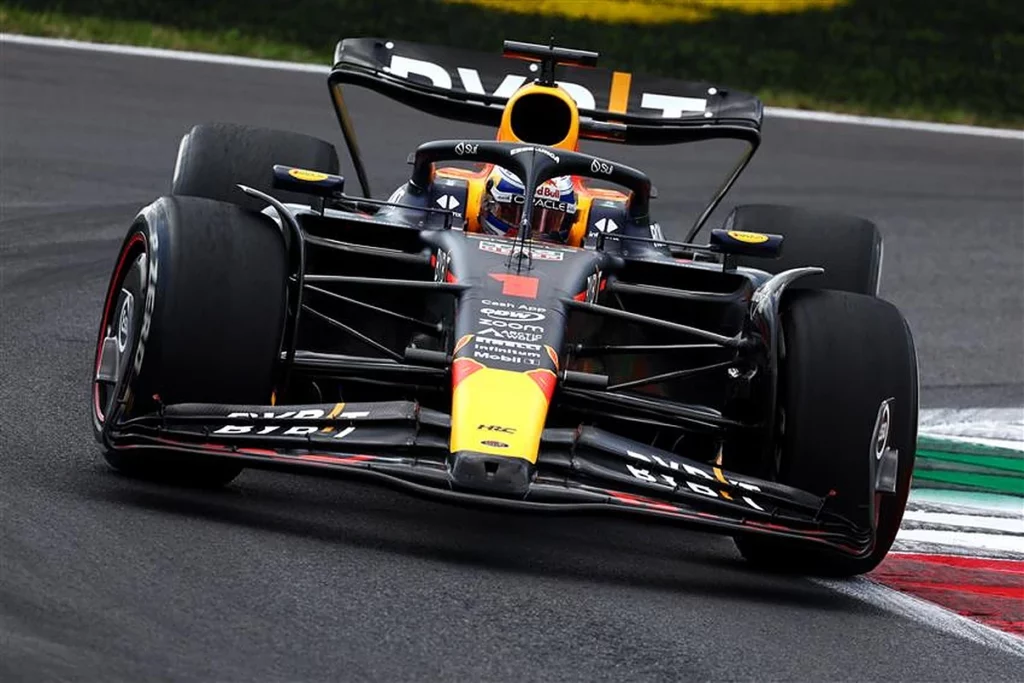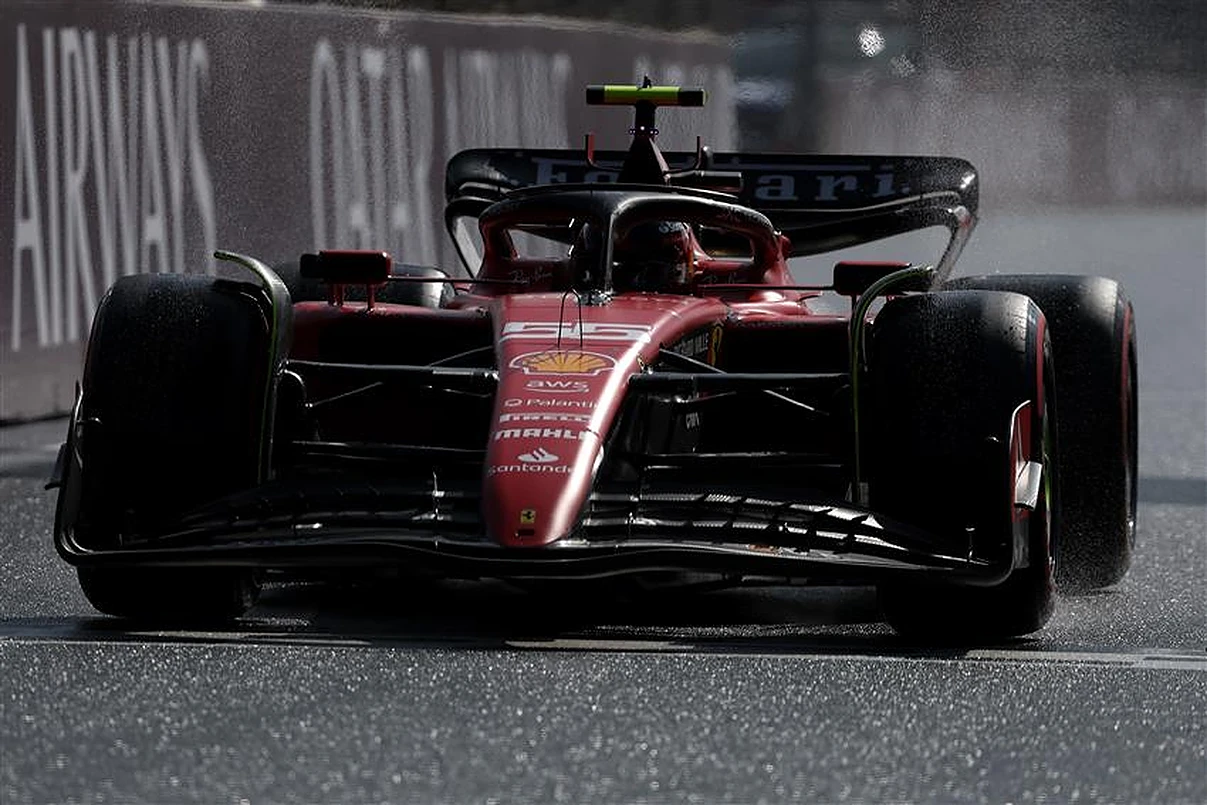Ahead of this weekend’s Singapore Grand Prix, the FIA have introduced a new Technical Directive (TD), to clamp down on teams exploiting the flexi-wing regulations.
Flexi-wings have become a norm this season and have been captured by TV directors during onboard footage, showing which teams have worked their way around the rulebook.
The governing body has had no choice but to intervene and put an end to the exploitation of flexible front and rear wings, something which will impact multiple teams.
Ahead of F1’s trip to the Marina Bay Circuit, the FIA have instructed all teams to show them drawings of their front and rear wings, to judge who has been breaking the rules, according to Motorsport.com.

Want to work in Formula 1? Browse the latest F1 job vacancies
Aston Martin are one side who have seemingly had a flexible front wing, with some pondering whether their recent step backwards is due to reverting to a more traditional design which follows the rules.
Ultimately, the FIA decided that the rules were being exploited far too much, with single-seater director Nikolas Tombazis revealing that the governing body had to act.
“In the F1 regulations we have many flexibility criteria: there are loads that we apply and a certain deflection is allowed,” Tombazis told Motorsport.com’s Italian site.
“There are static tests that we do to check, and it is obvious that these tests are never perfect because the direction of the [test] load you apply is always a bit different from the load that is on the track when it experiences genuine aerodynamic force.
“There may be differences and, for this reason, in the regulation there are some general and conceptual specifications that, in essence, prohibit mechanisms.
“For example, one could draw a wing that, when applying the forces of the FIA test, is fixed but when applying any other load, it could be more flexible. For this reason, we have been clarifying for years that mechanisms are not legal and we have written several clarifications on what we consider a mechanism.”
Tombazis went onto reveal that some teams have used a rubber material to get around the rules, with him stating that the FIA “do not consider this acceptable”.
“If under a carbon surface, we have levers that allow a deflection in one direction and not in another, we can consider this a mechanism,” he said.
“Another thing we have said in the past is that it’s not acceptable when a component has relative motion against an adjacent element, sliding in a different direction [from it].
READ: Sebastian Vettel completes Red Bull return
“What happened recently? Some teams have components adjacent to each other that have a fairly high movement but do not slide [in tandem] because these areas are covered with rubber material. We do not consider this acceptable and, for this reason, we have made a clarification.”
The introduction of the TD could potentially impact the pecking order, something which will be discovered across the upcoming double-header in Singapore and Japan.
One team not expected to be impacted are Red Bull, as team boss Christian Horner has insisted that the RB19 is totally legal.

